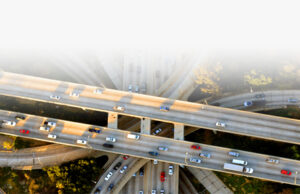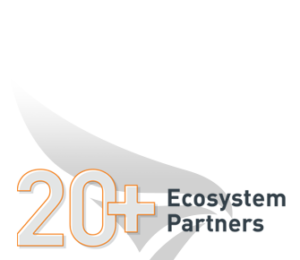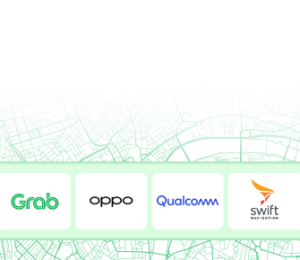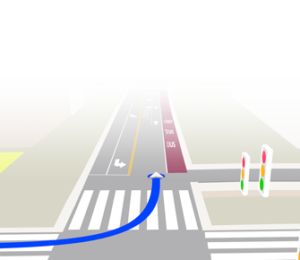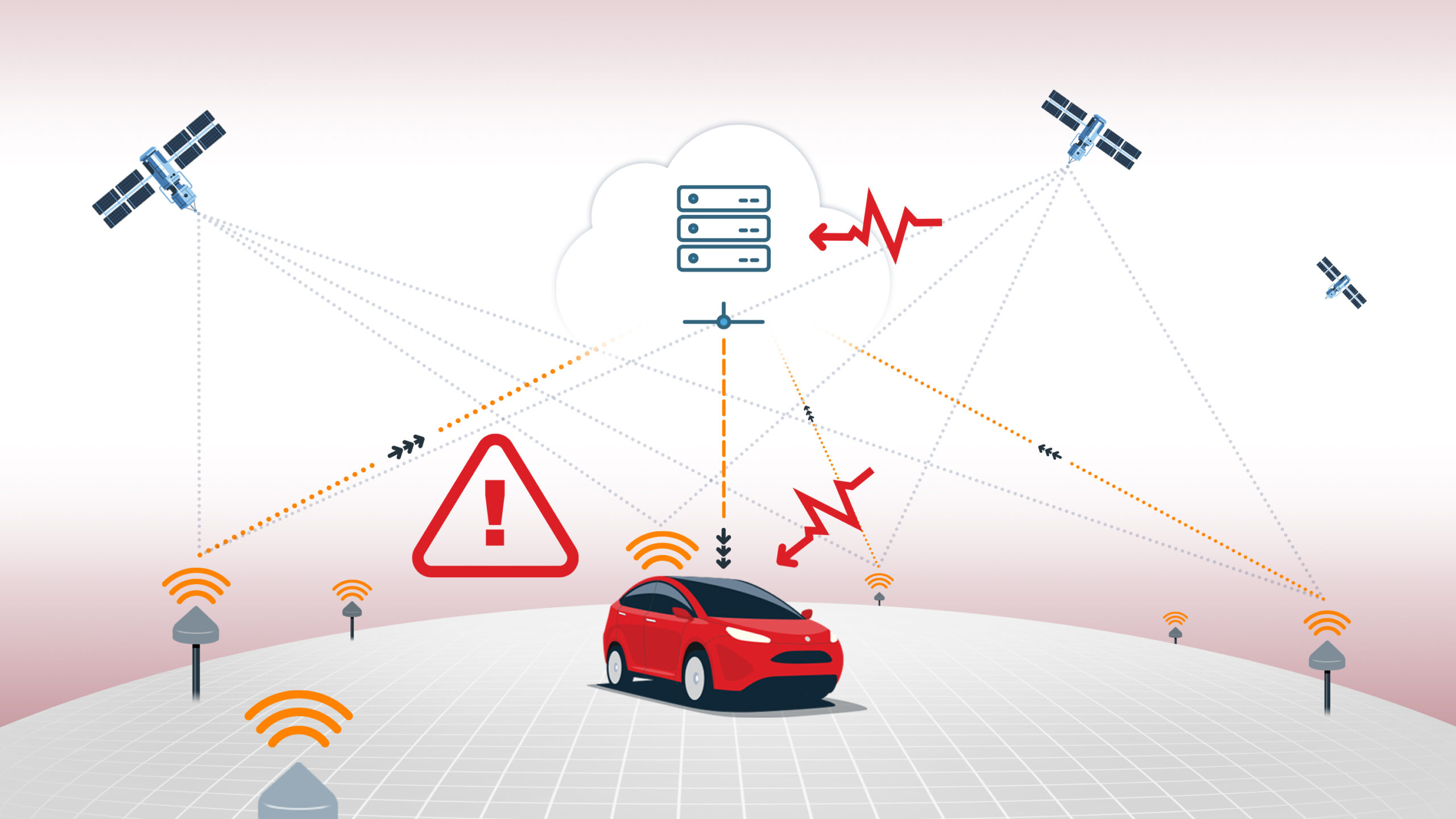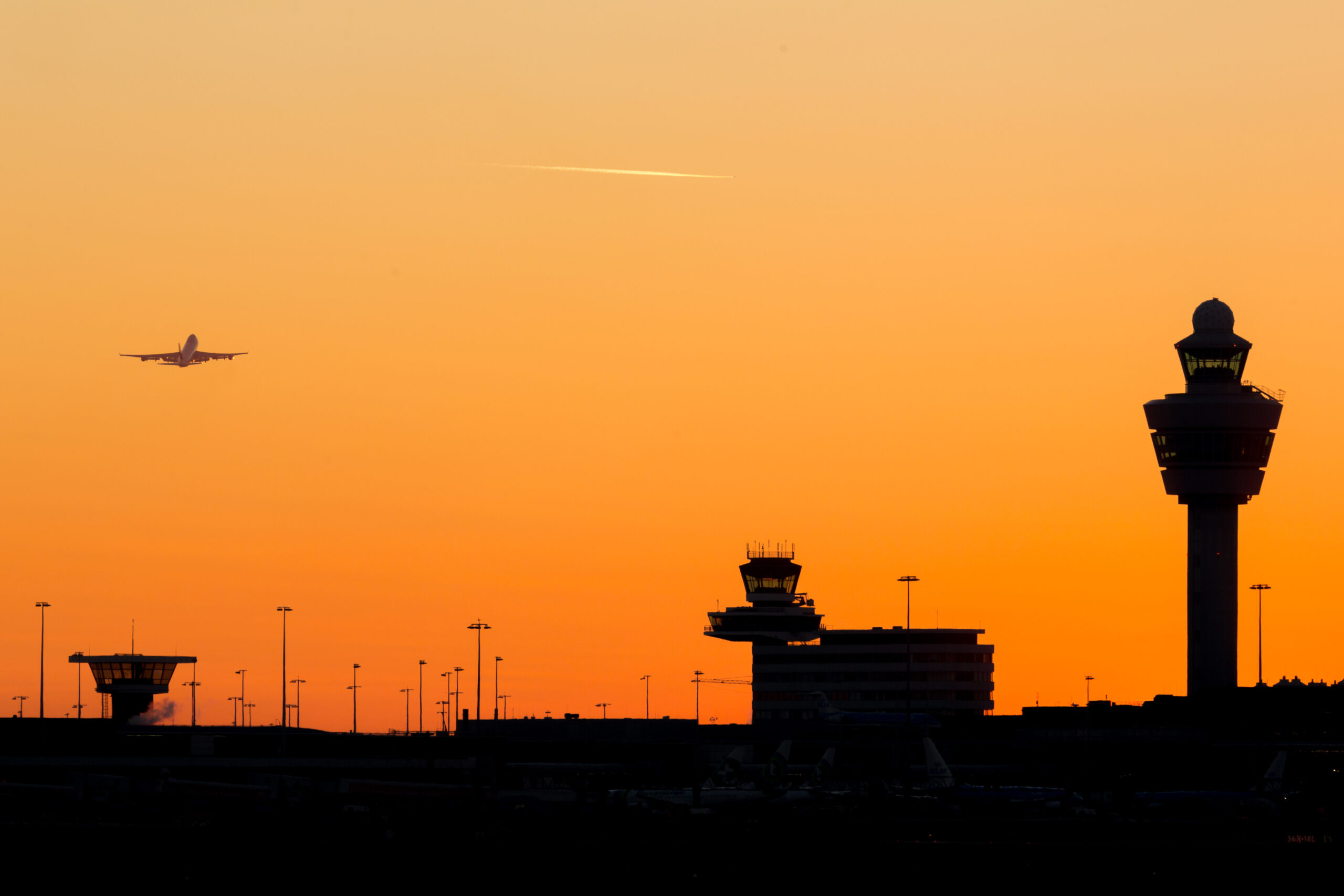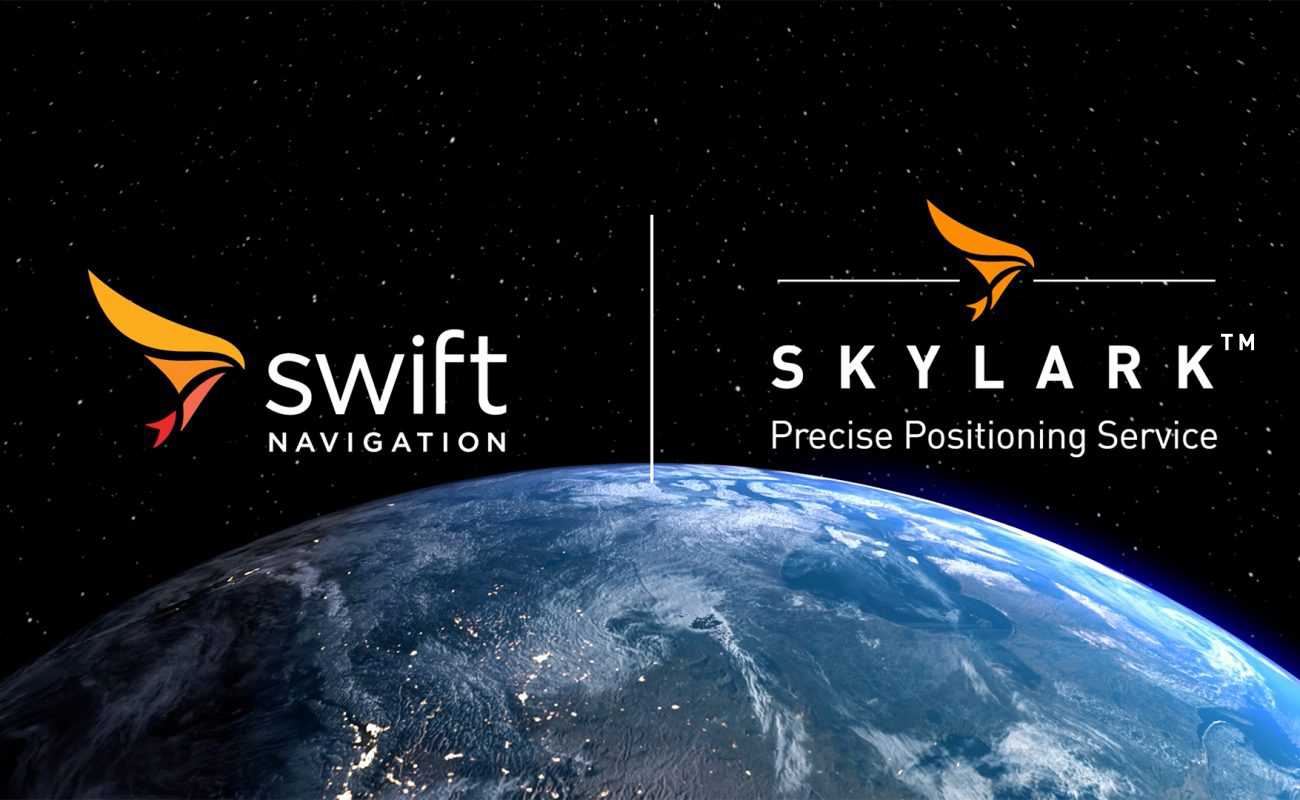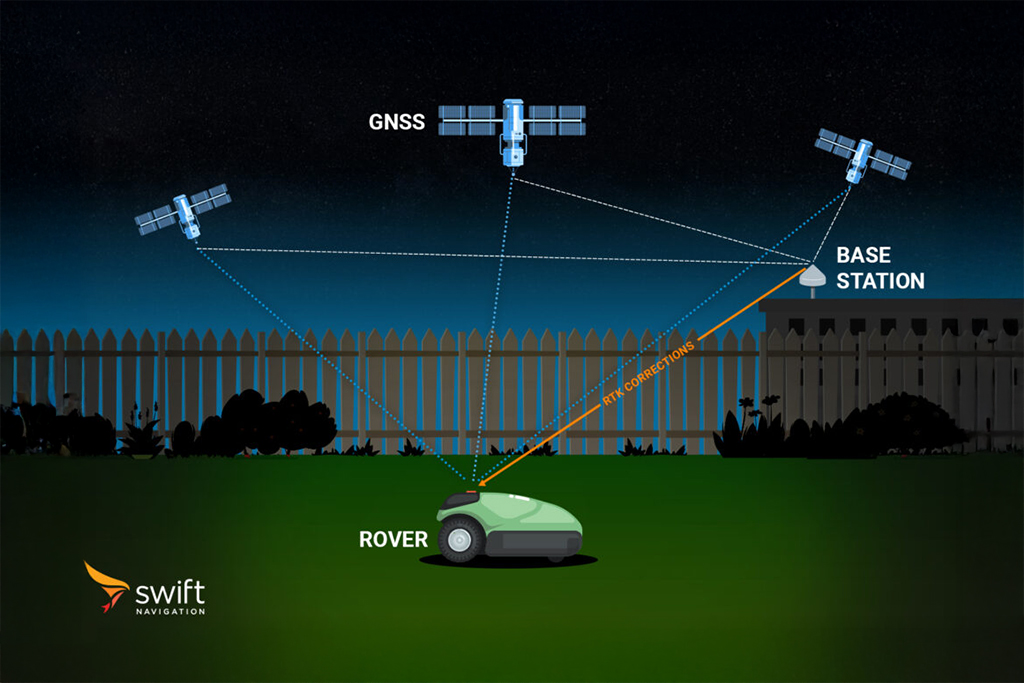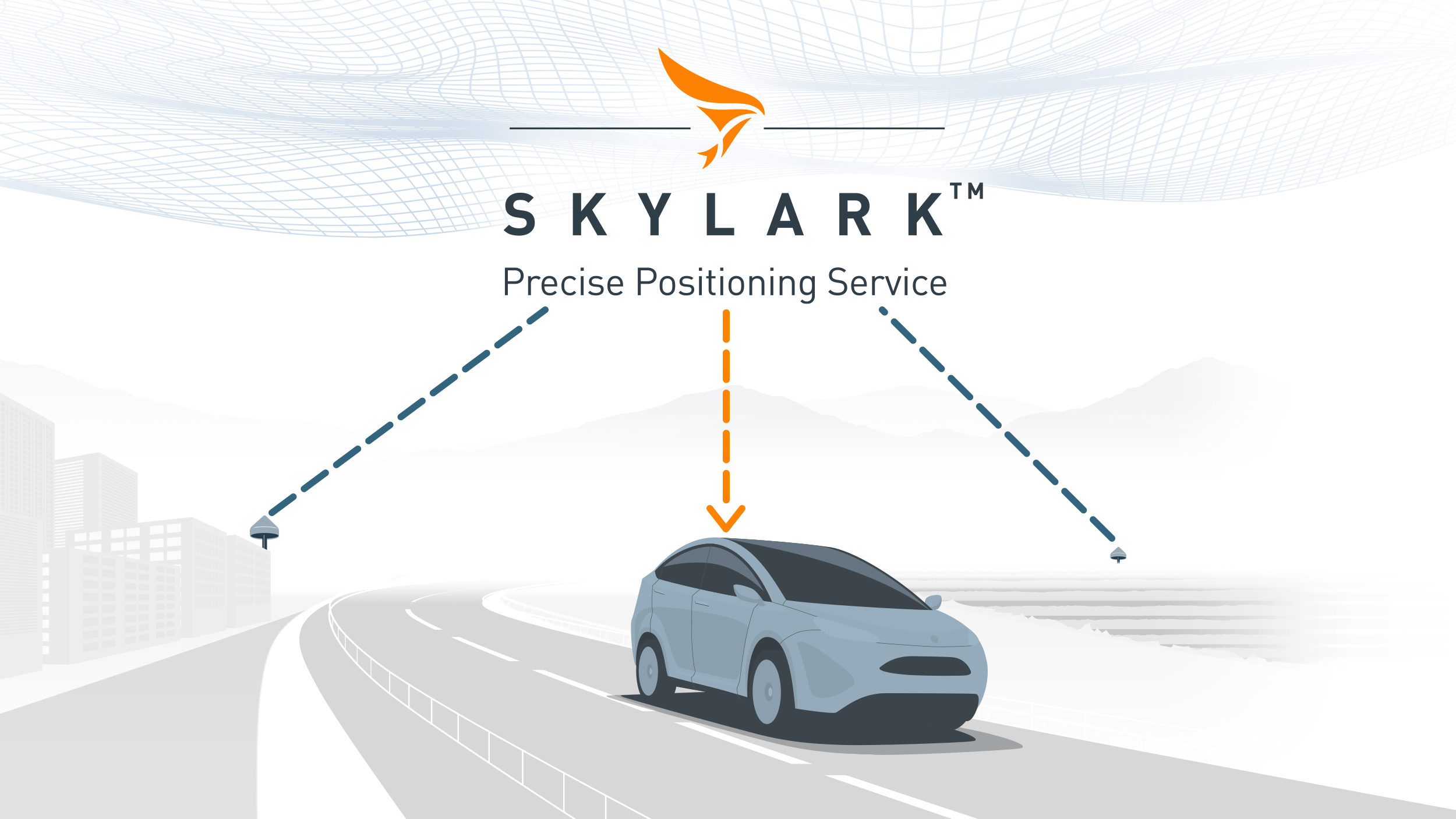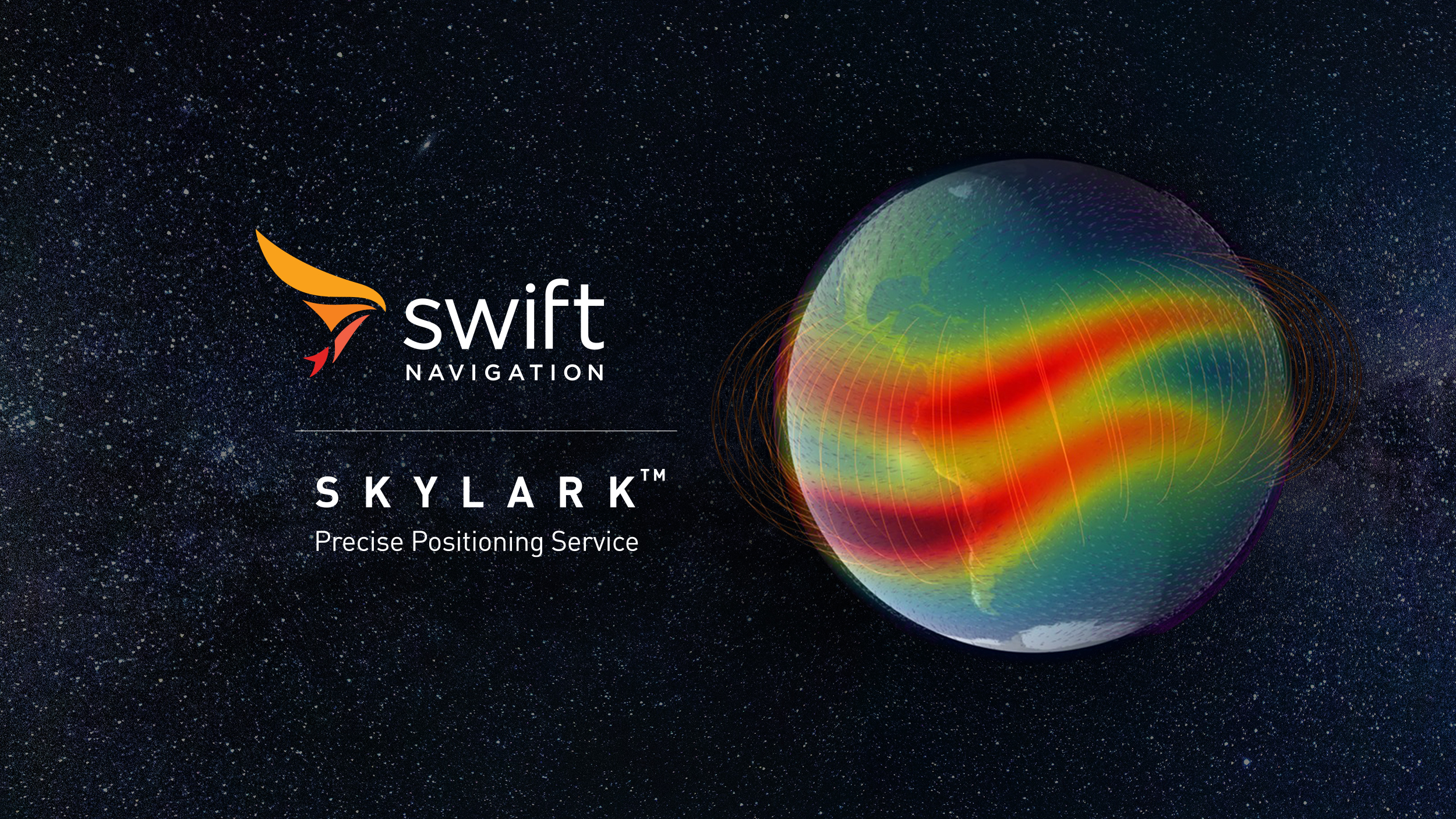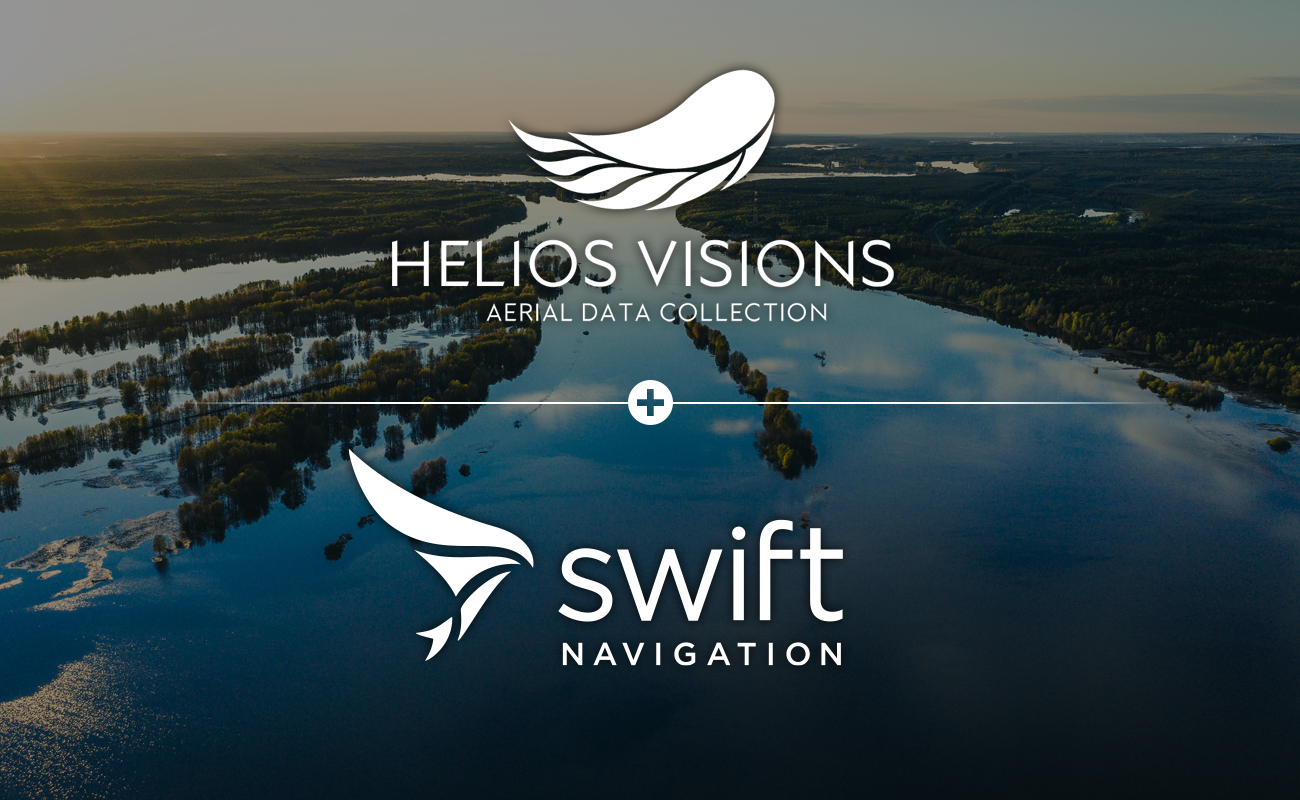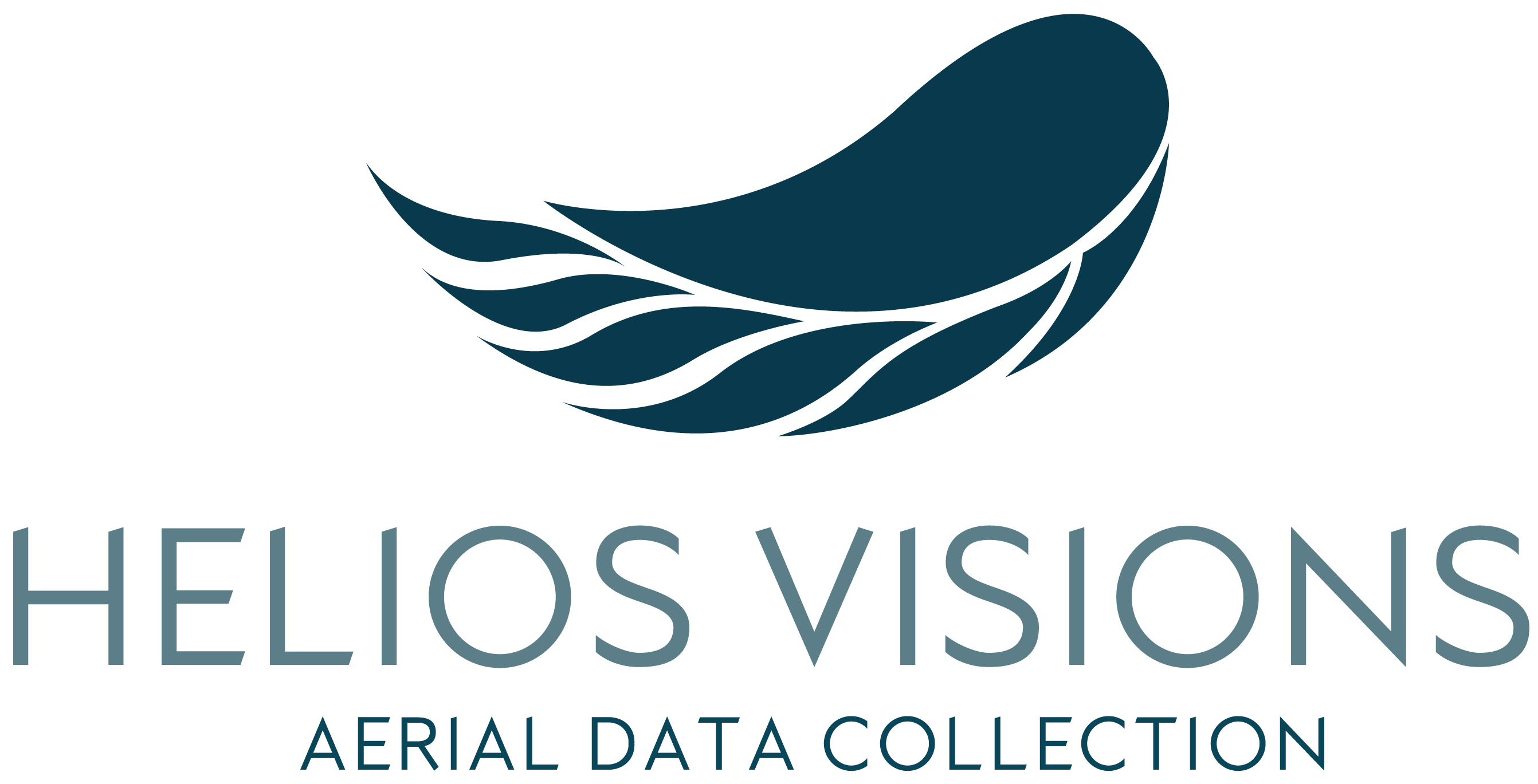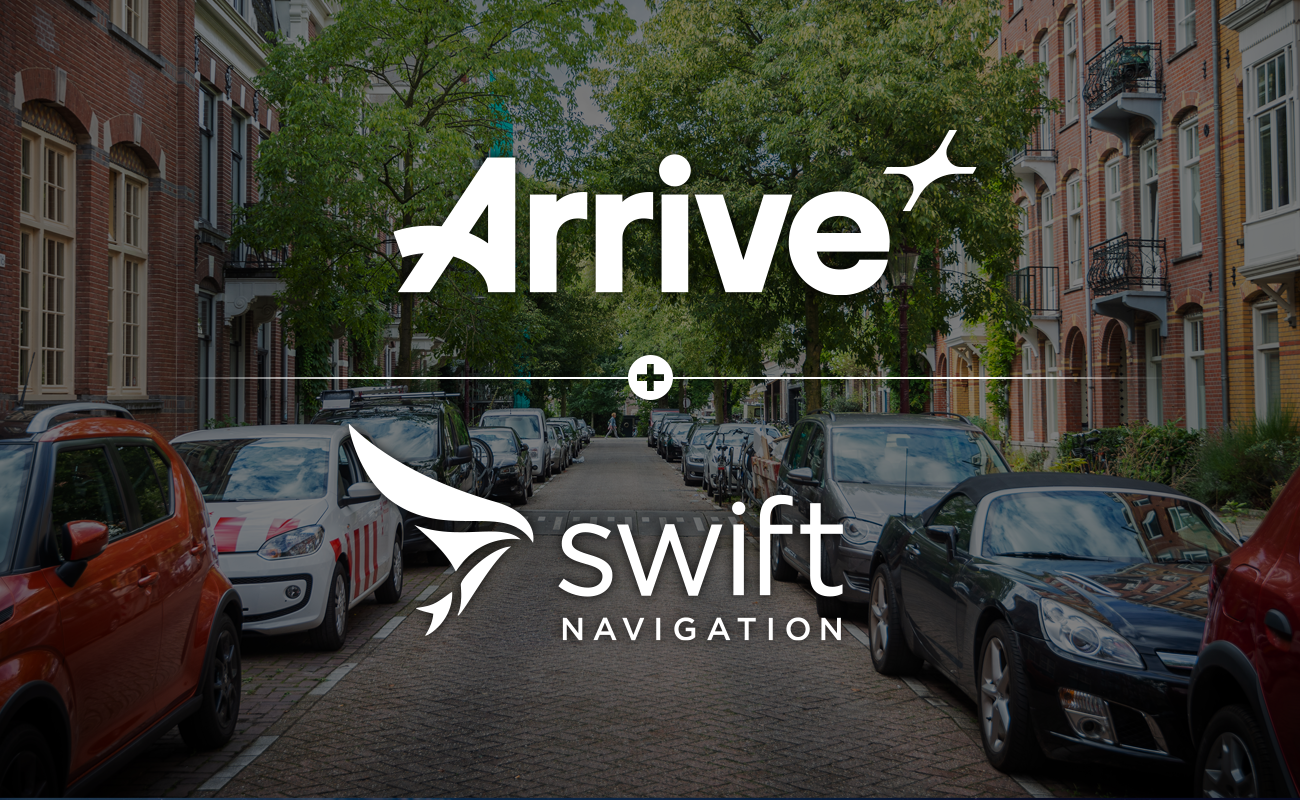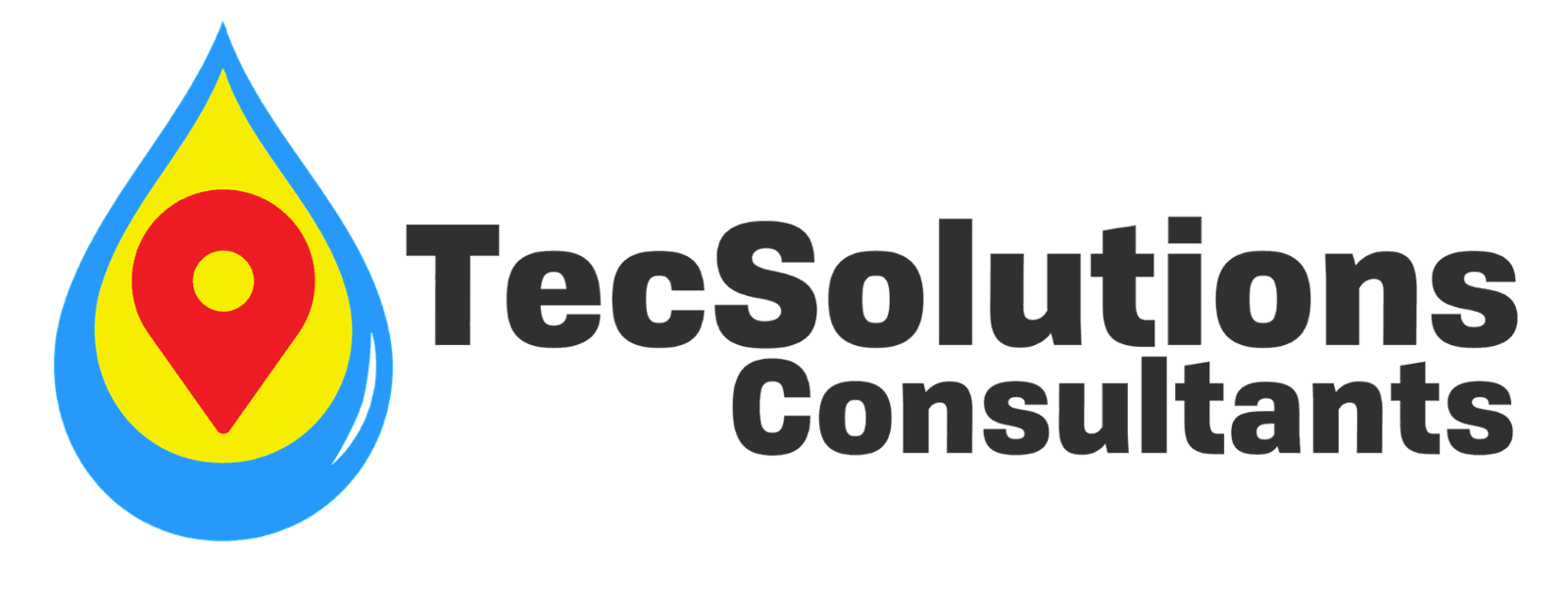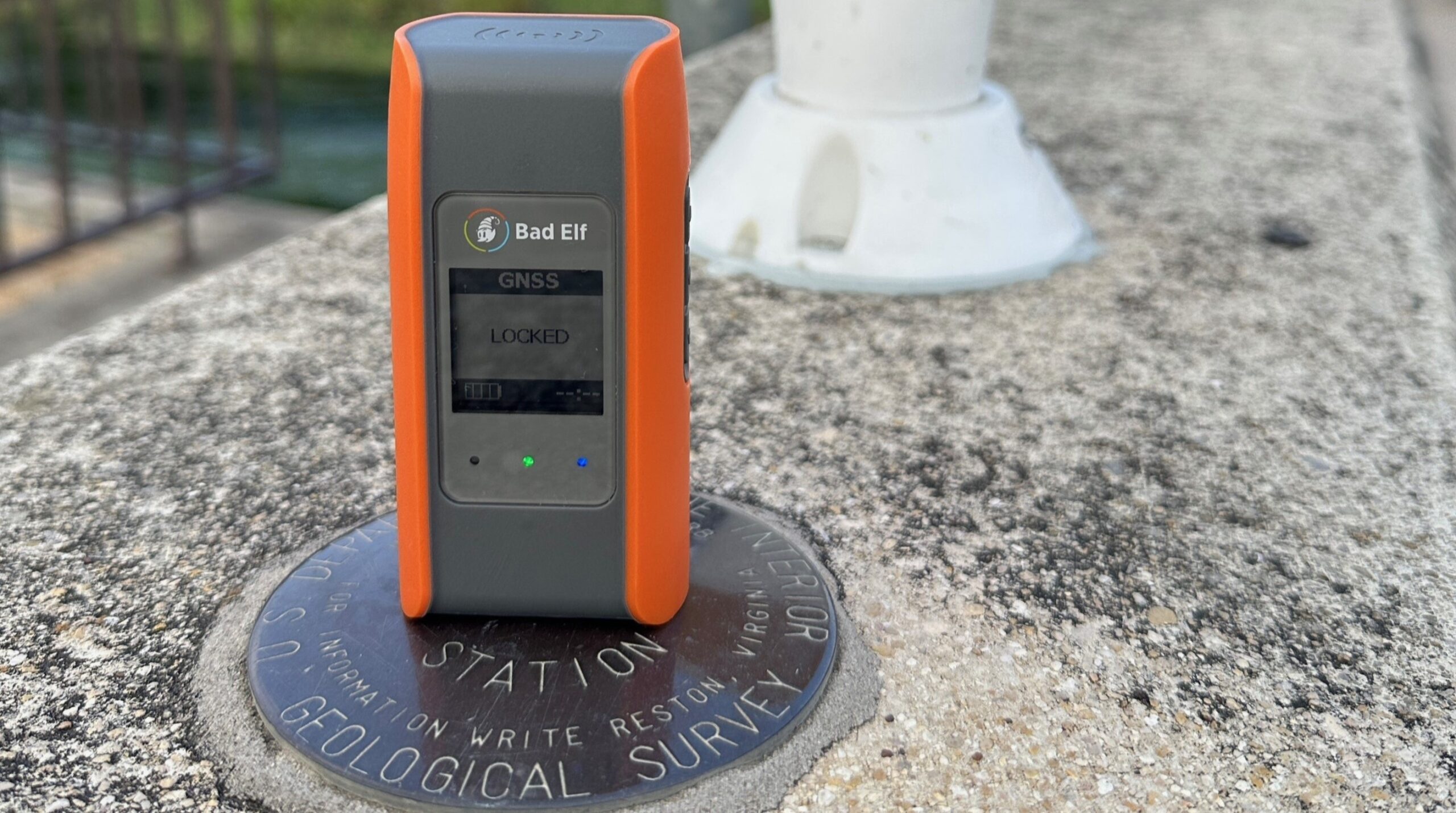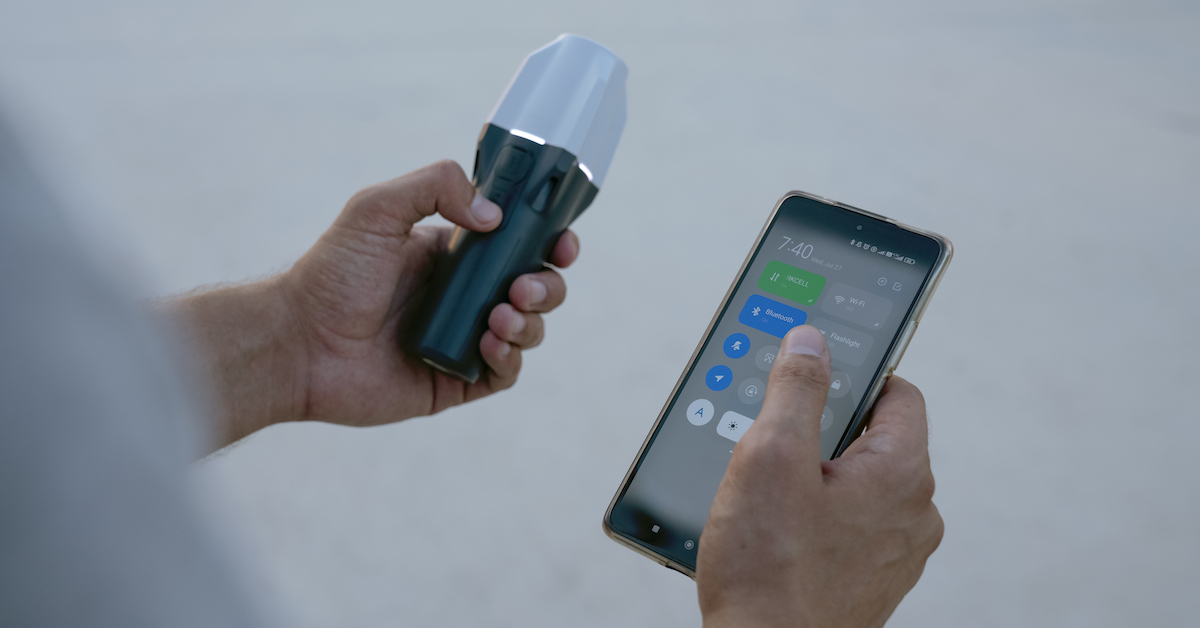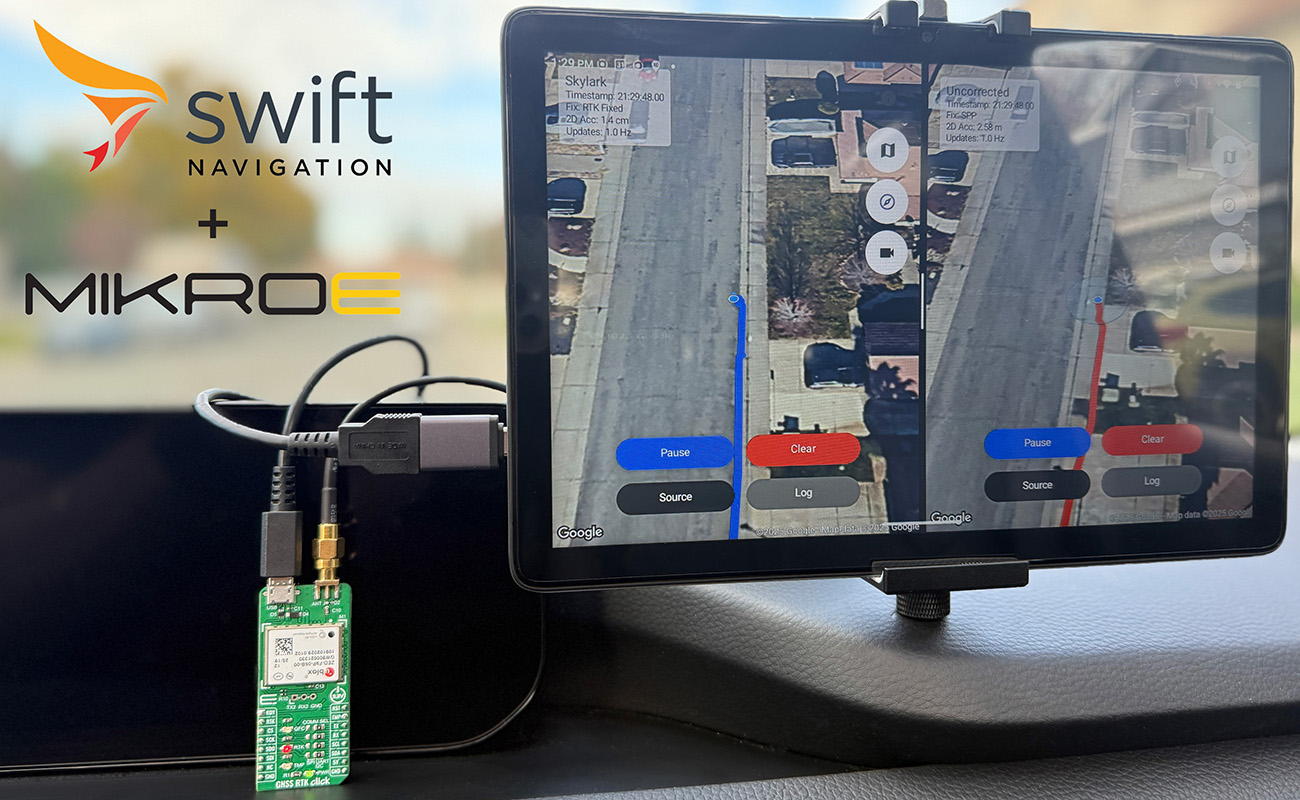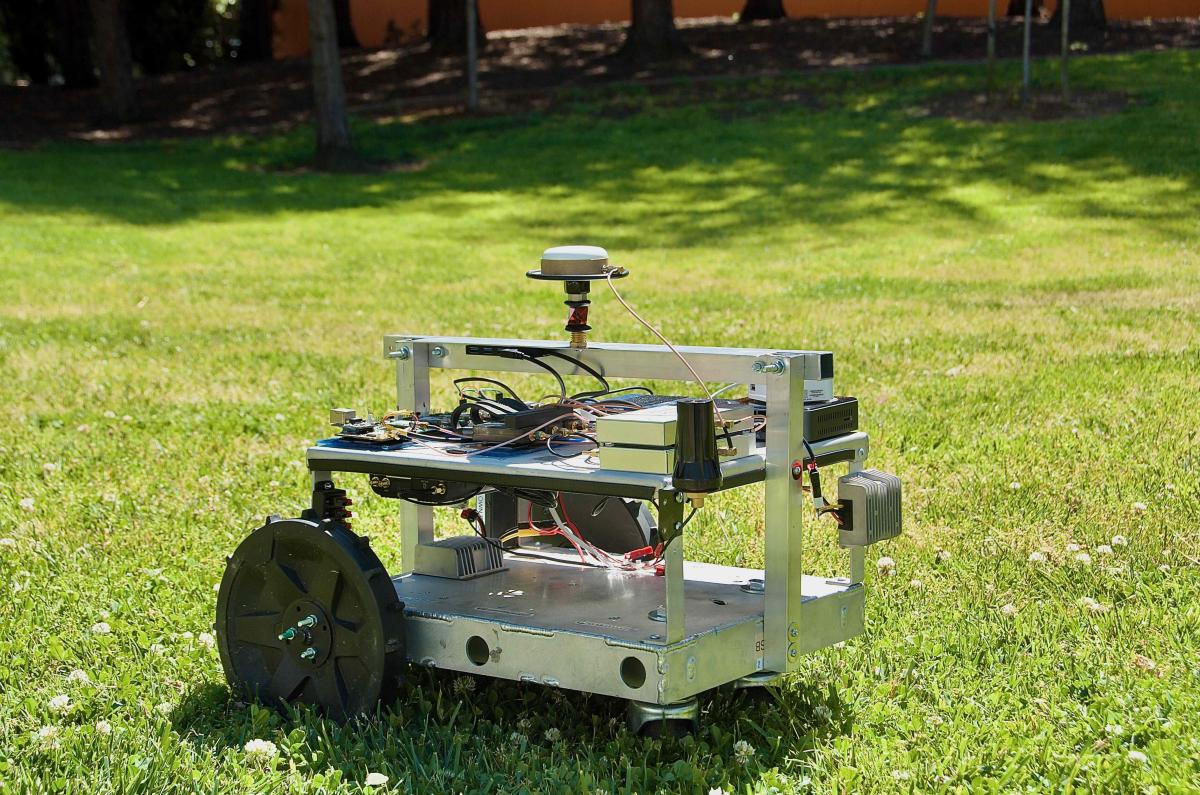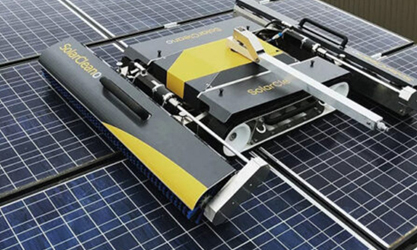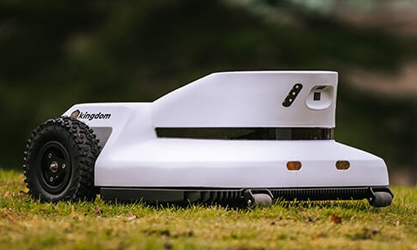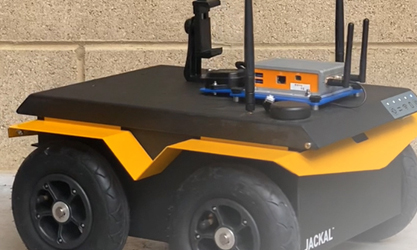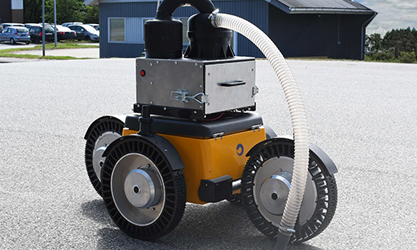What is NMEA?
NMEA is an acronym for the National Marine Electronics Association. In the context of GNSS and navigation, NMEA is the name of a standardized communication protocol that defines how electronic devices, particularly marine navigation and positioning equipment, transmit data to each other. It is the universally accepted format used by GNSS receivers to output basic position, time, and status information.
NMEA 0183 (The Core Standard)
The most commonly encountered format in GNSS is NMEA 0183, an older but still prevalent standard introduced in the 1980s.
Format: NMEA 0183 uses a simple ASCII, serial communications protocol. This means the data is transmitted as human-readable text strings, known as sentences.
Sentence Structure: Every sentence begins with a dollar sign ($) and a two-character “Talker ID” (e.g.,
GPfor GPS,GNfor any GNSS combination), followed by a three-character message type (e.g.,GGAfor Global Positioning System Fix Data, which contains latitude, longitude, and fix quality). The data fields are separated by commas.Data Content: NMEA sentences convey essential navigation data, including:
Latitude, Longitude, and Altitude.
Time of the position fix.
Number of satellites used.
Horizontal Dilution of Precision (HDOP).
Quality of the position fix (e.g., Standalone GPS, DGPS, RTK Fixed).
Architecture: The 0183 standard is point-to-point, meaning one device acts as the “talker” (transmitting data) and one or more devices act as “listeners” (receiving data).
Evolution of NMEA Standards
While NMEA 0183 remains common, two newer standards address the increasing data complexity and speed requirements of modern marine and high-precision systems:
NMEA 2000 (N2K): This newer standard replaced the simple serial bus with a robust CAN Bus (Controller Area Network), which is multi-master, meaning all devices can talk to each other. It uses a binary data format instead of human-readable ASCII sentences and operates at a much faster data rate (250 kilobits per second), making it the standard for modern pleasure boats and sophisticated sensor networks.
NMEA OneNet: This latest standard leverages Ethernet to handle very high-bandwidth data requirements (such as radar or video feeds) and is designed to coexist with NMEA 2000.
NMEA’s Role in GNSS
NMEA’s primary value lies in interoperability. Because virtually every GNSS receiver and mapping application supports the NMEA 0183 output, it allows users to mix and match hardware from different manufacturers easily.
However, NMEA 0183 is limited in that it was not designed for the high-data-rate, detailed information required for advanced techniques like Network RTK. For high-precision applications, GNSS providers often rely on proprietary binary protocols or the RTCM protocol to transmit raw observations and correction messages that are too large and complex for the simple NMEA 0183 format.
Related Content
GNSS Basics

Devon Sharp

Marwan Ramadan

Marwan Ramadan

Devon Sharp

Devon Sharp

Marwan Ramadan

Devon Sharp

Marwan Ramadan
GIS

Devon Sharp

Devon Sharp
ROBOTICS


Emilee Pierce

